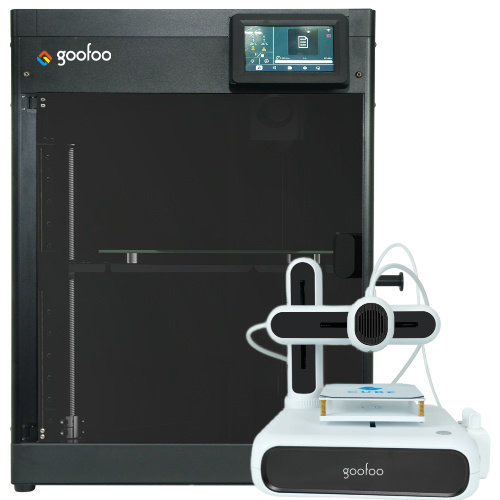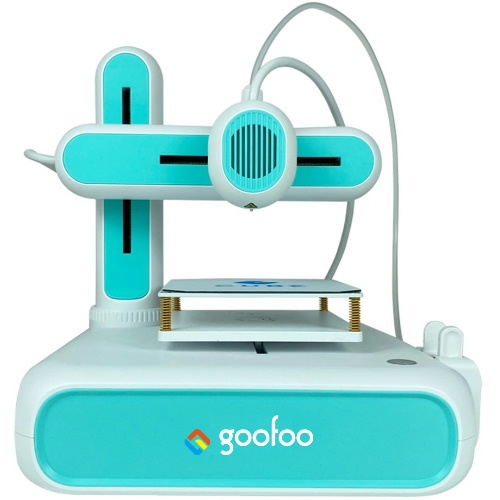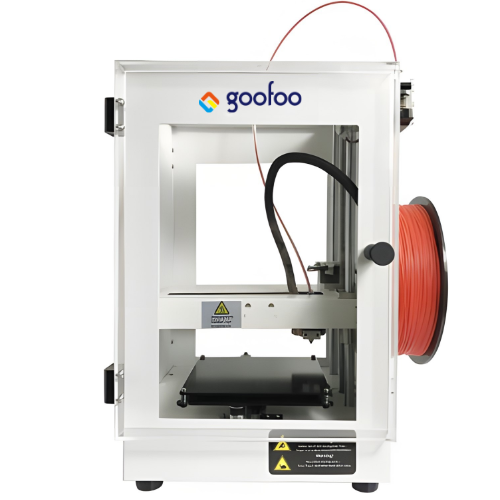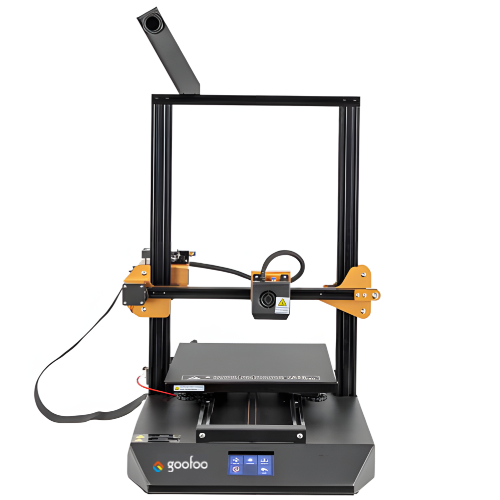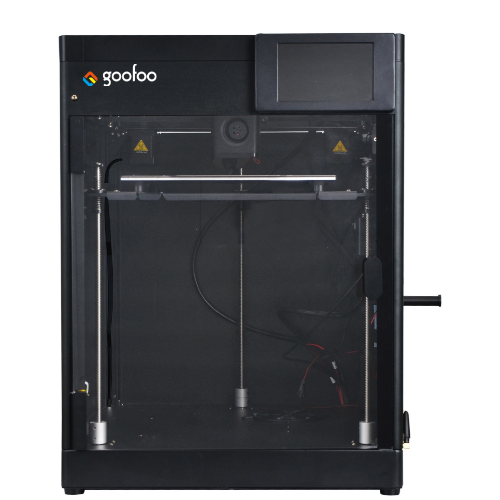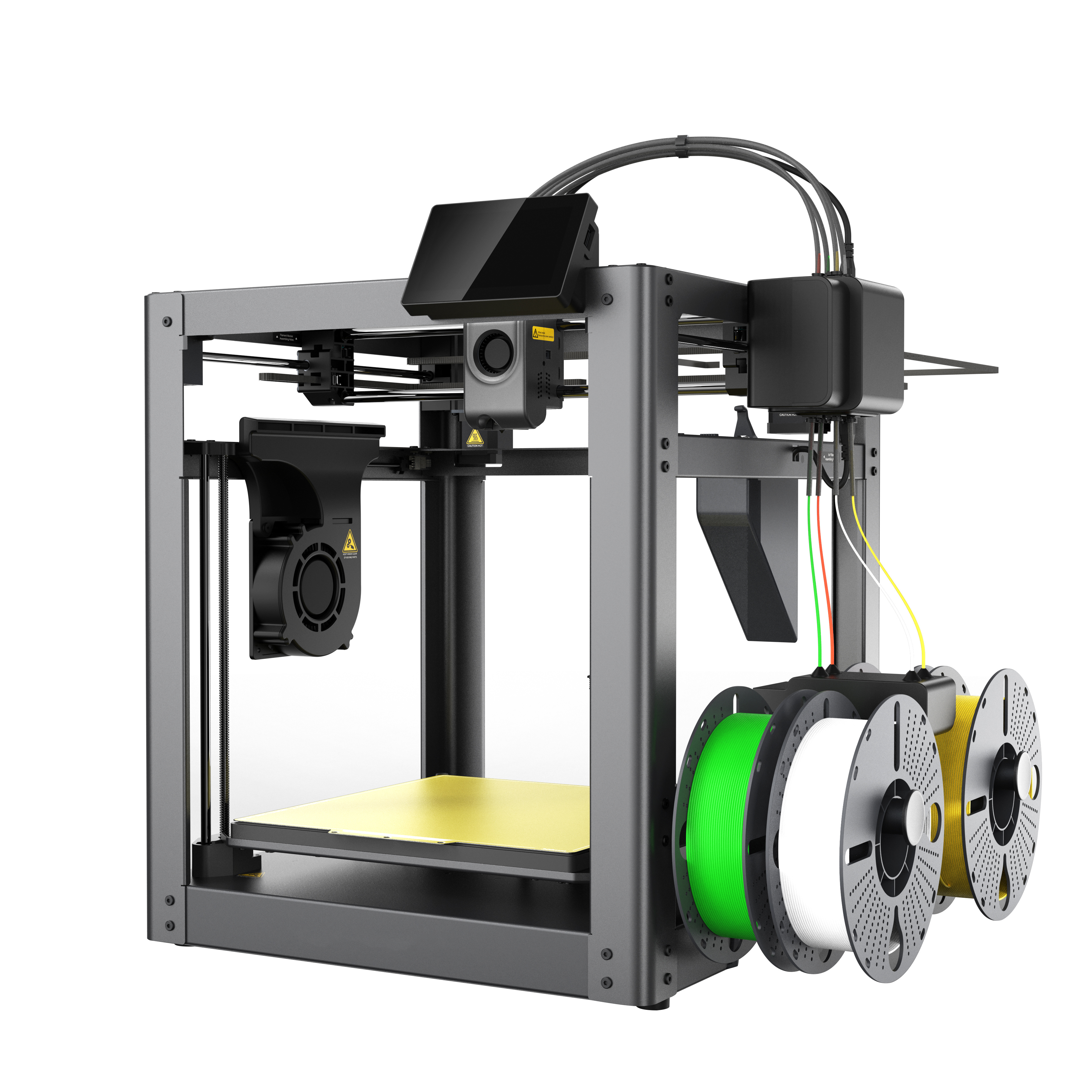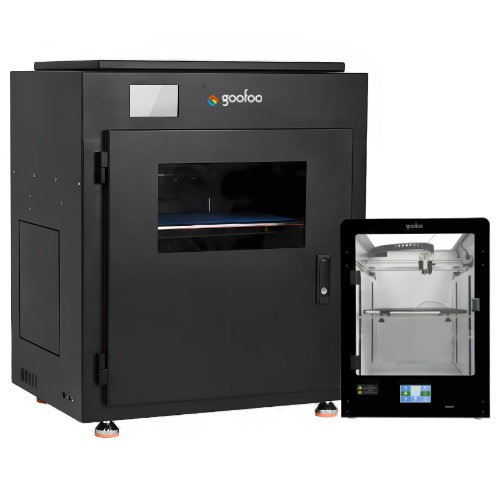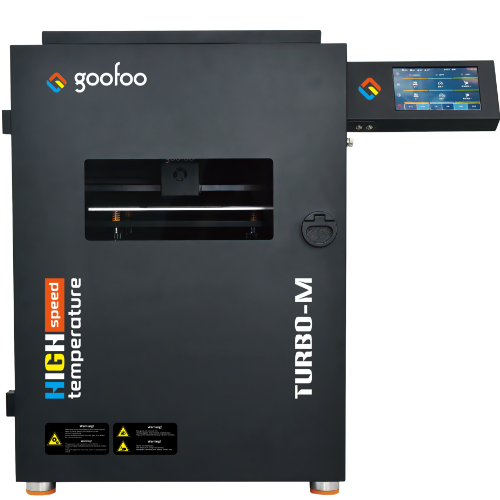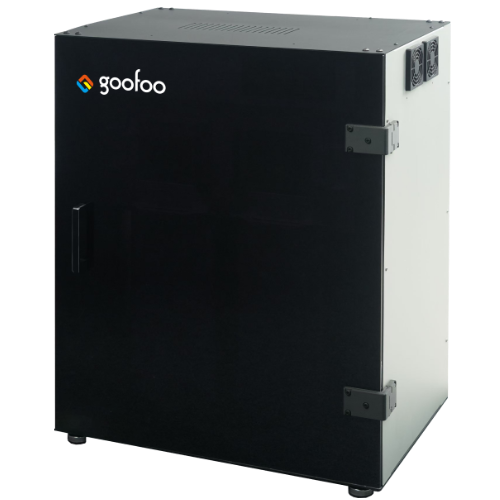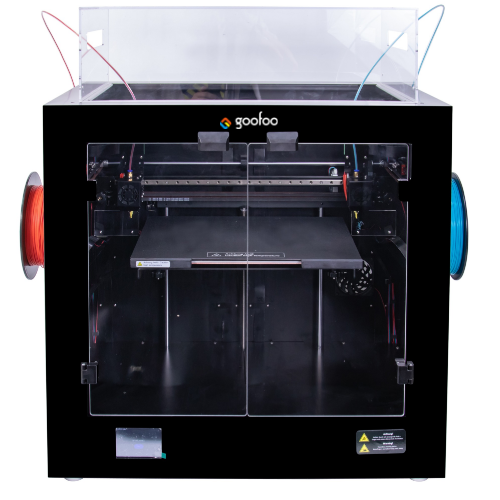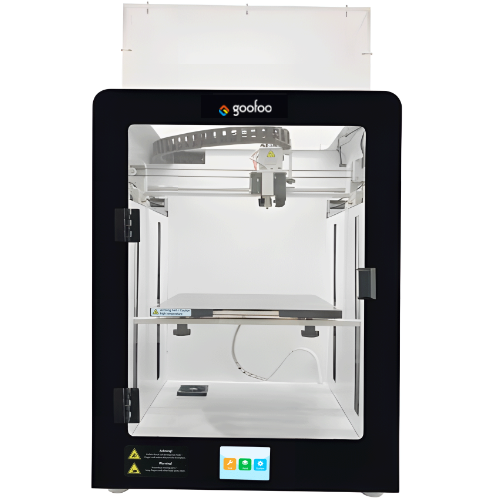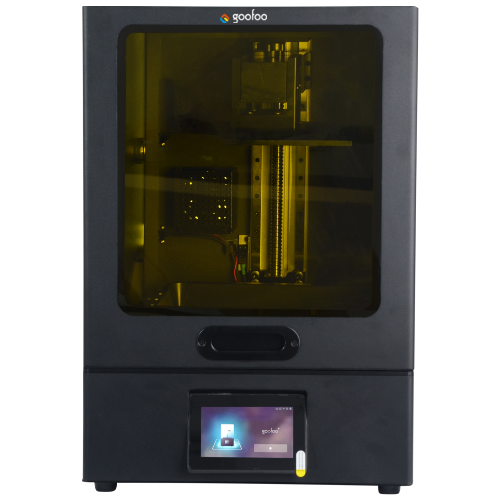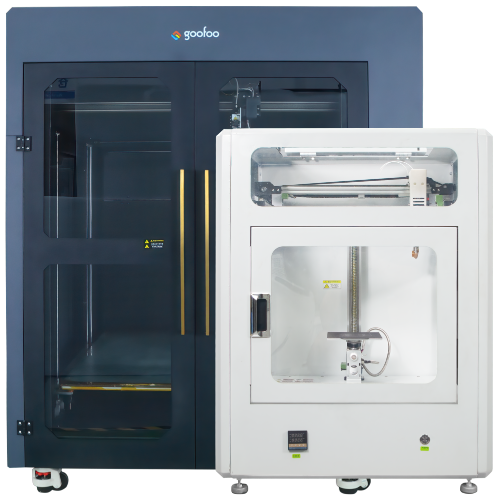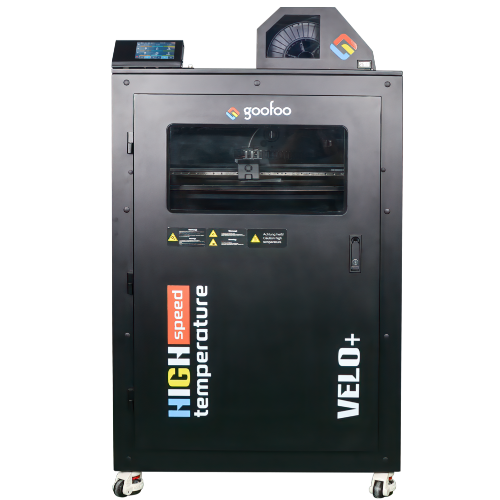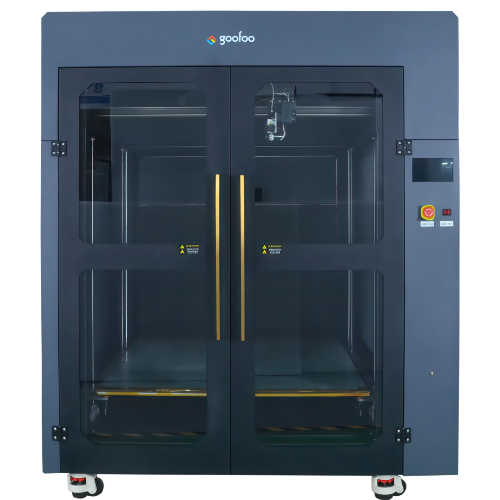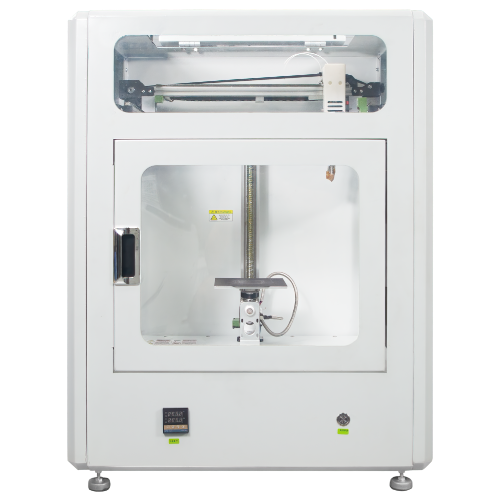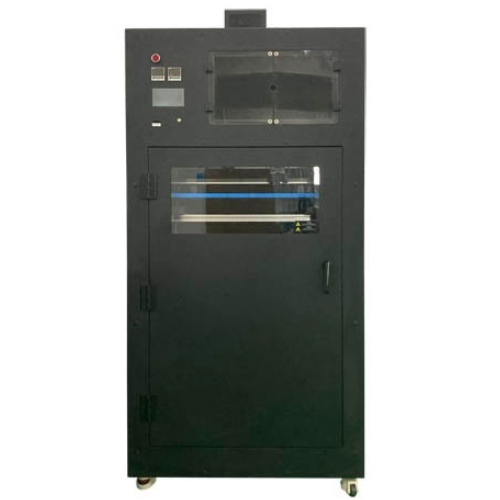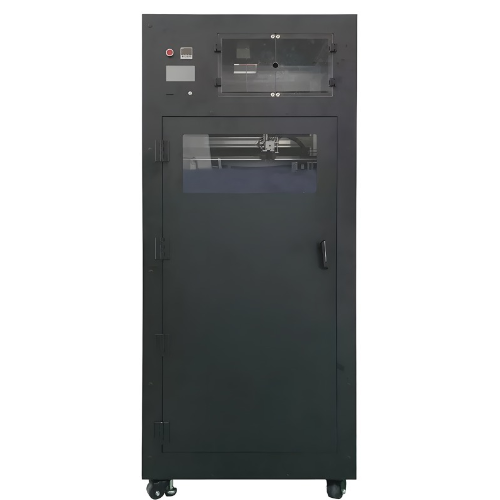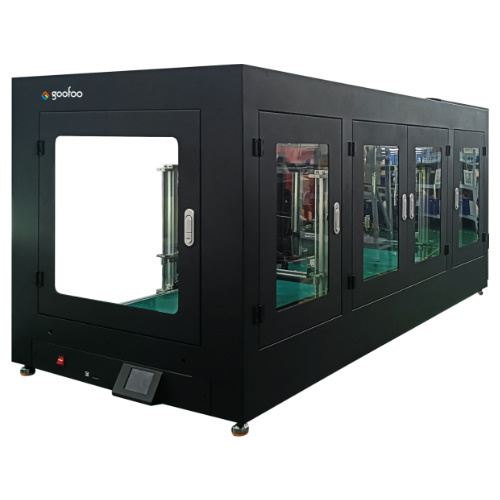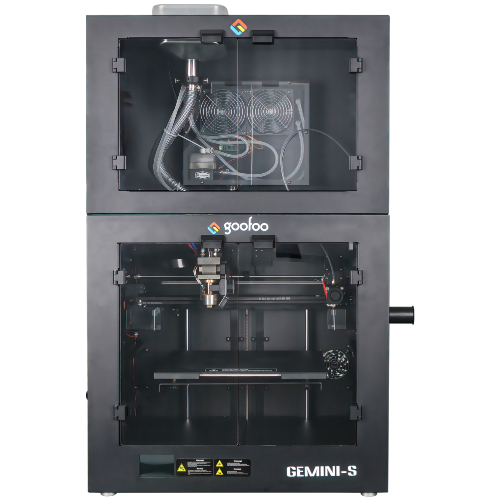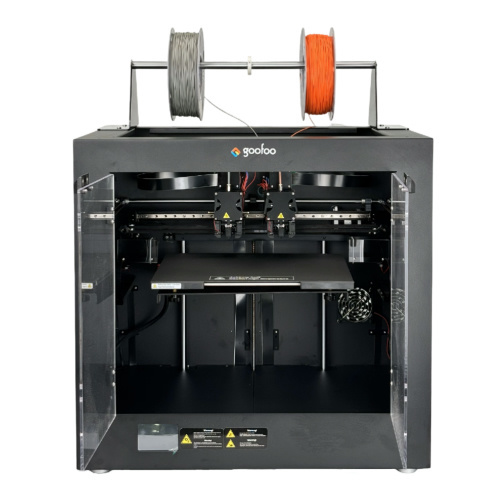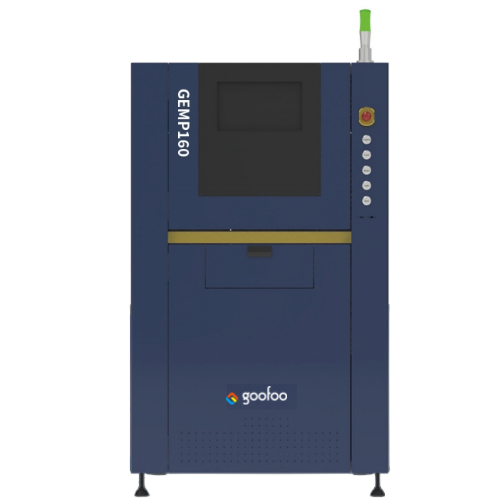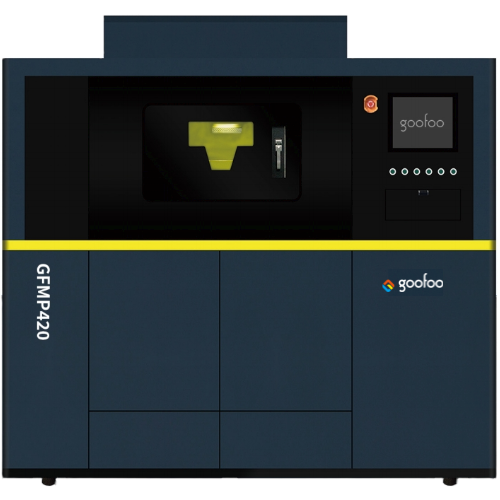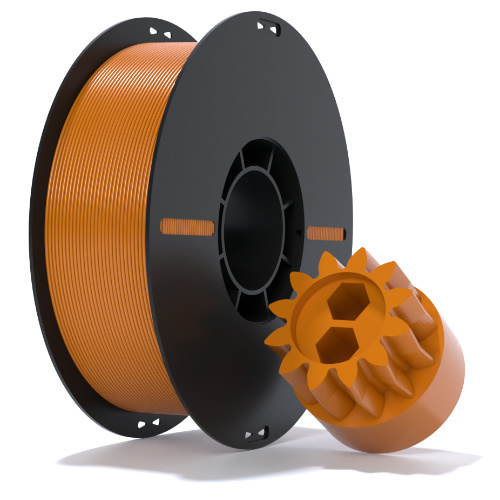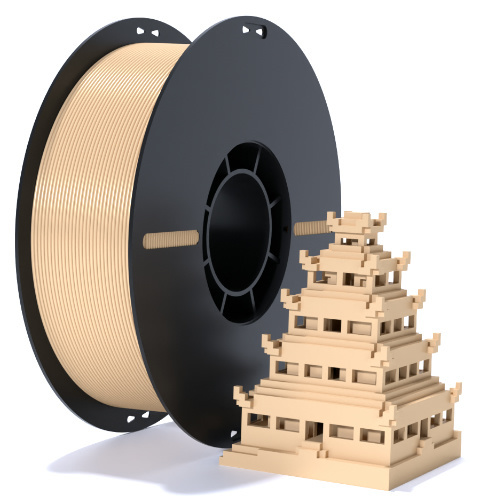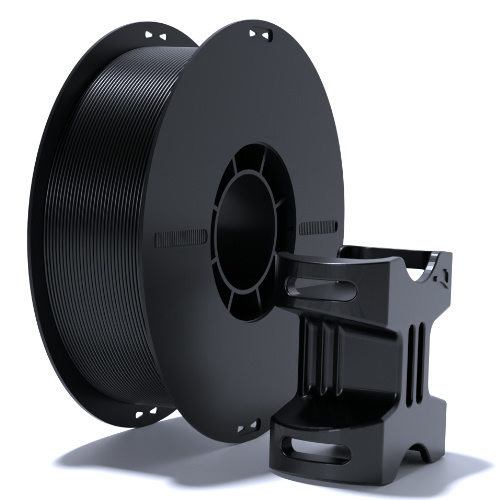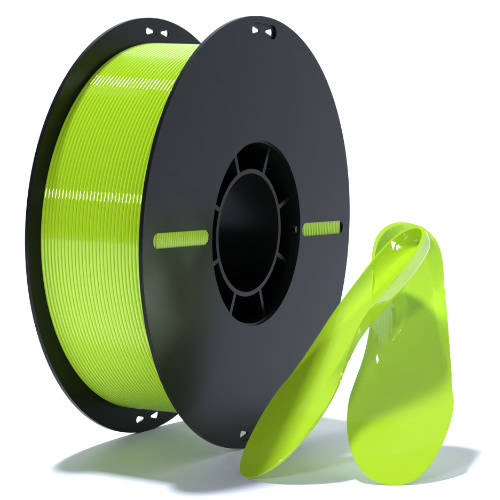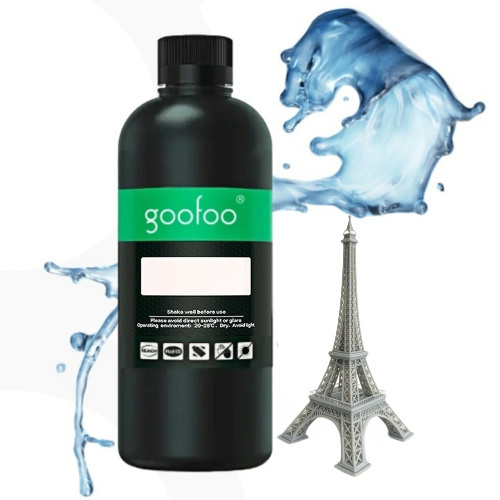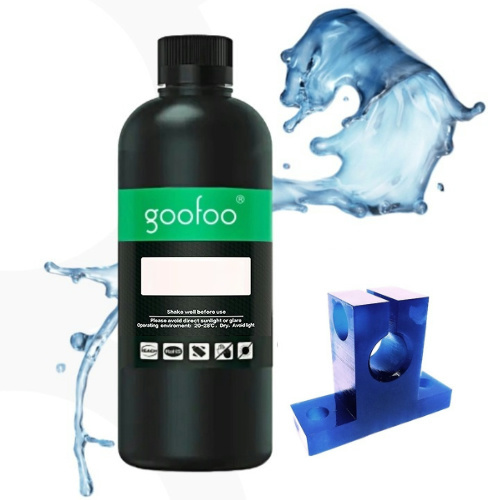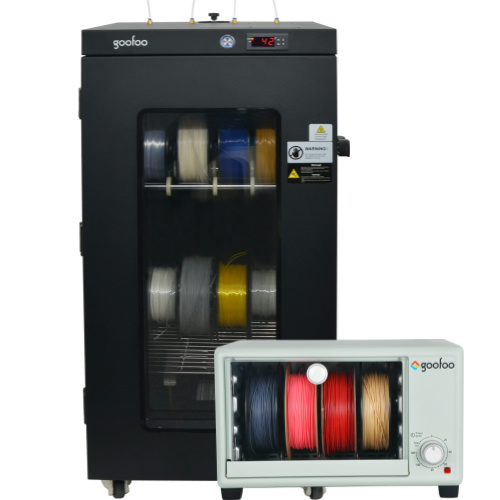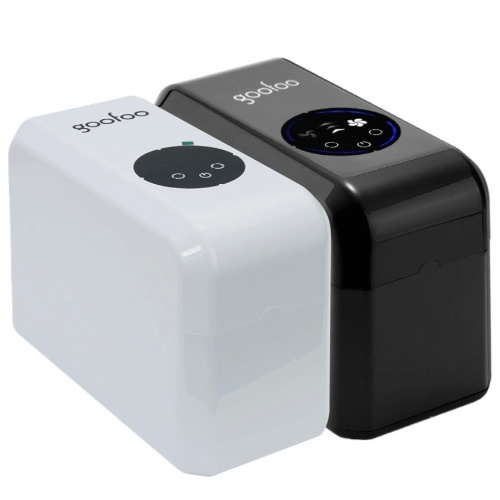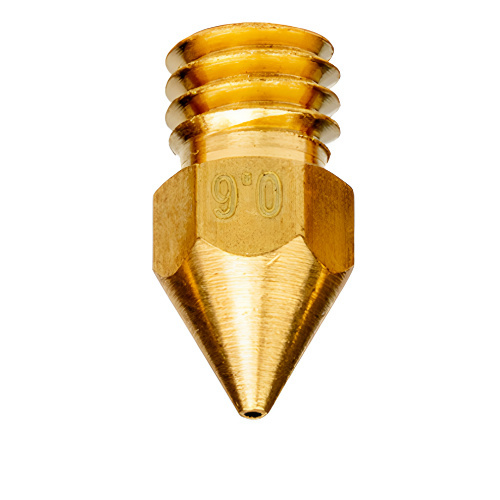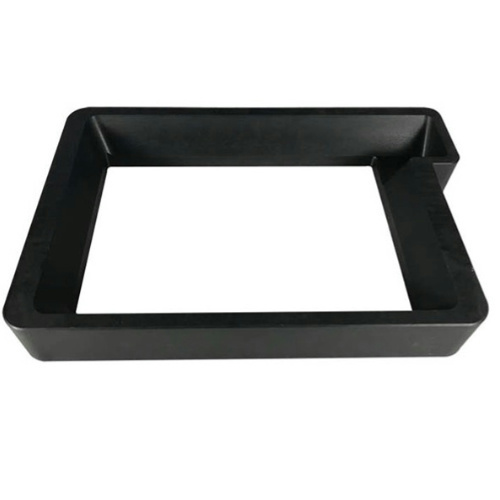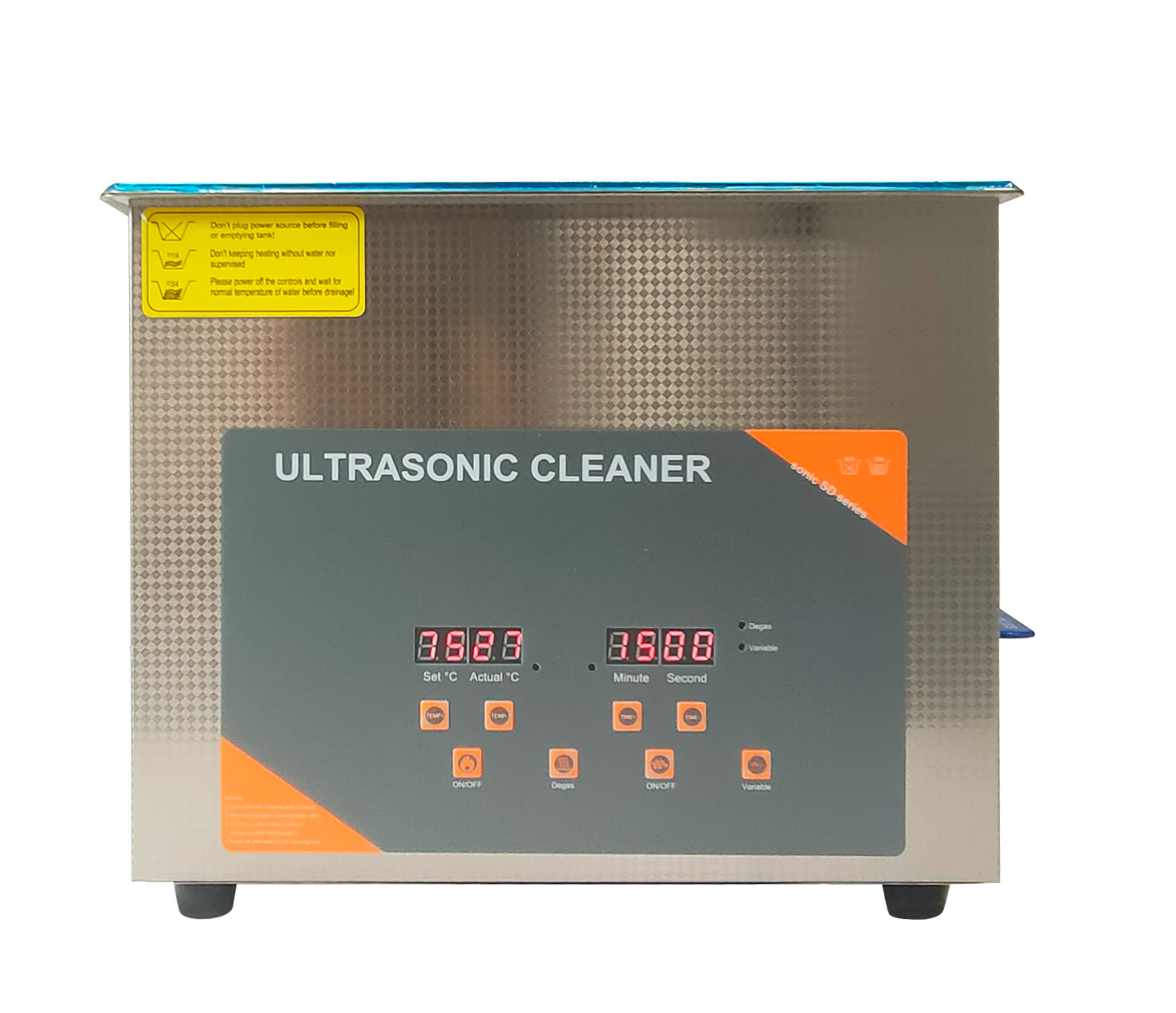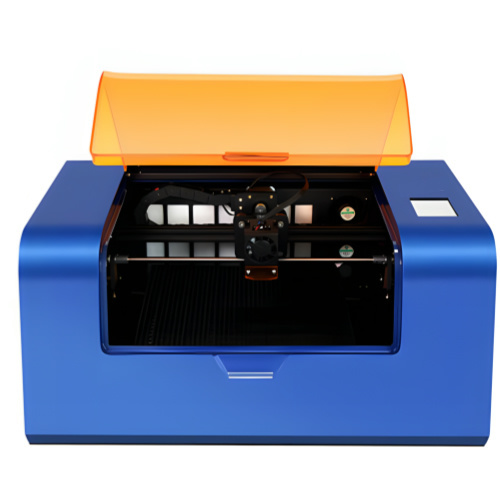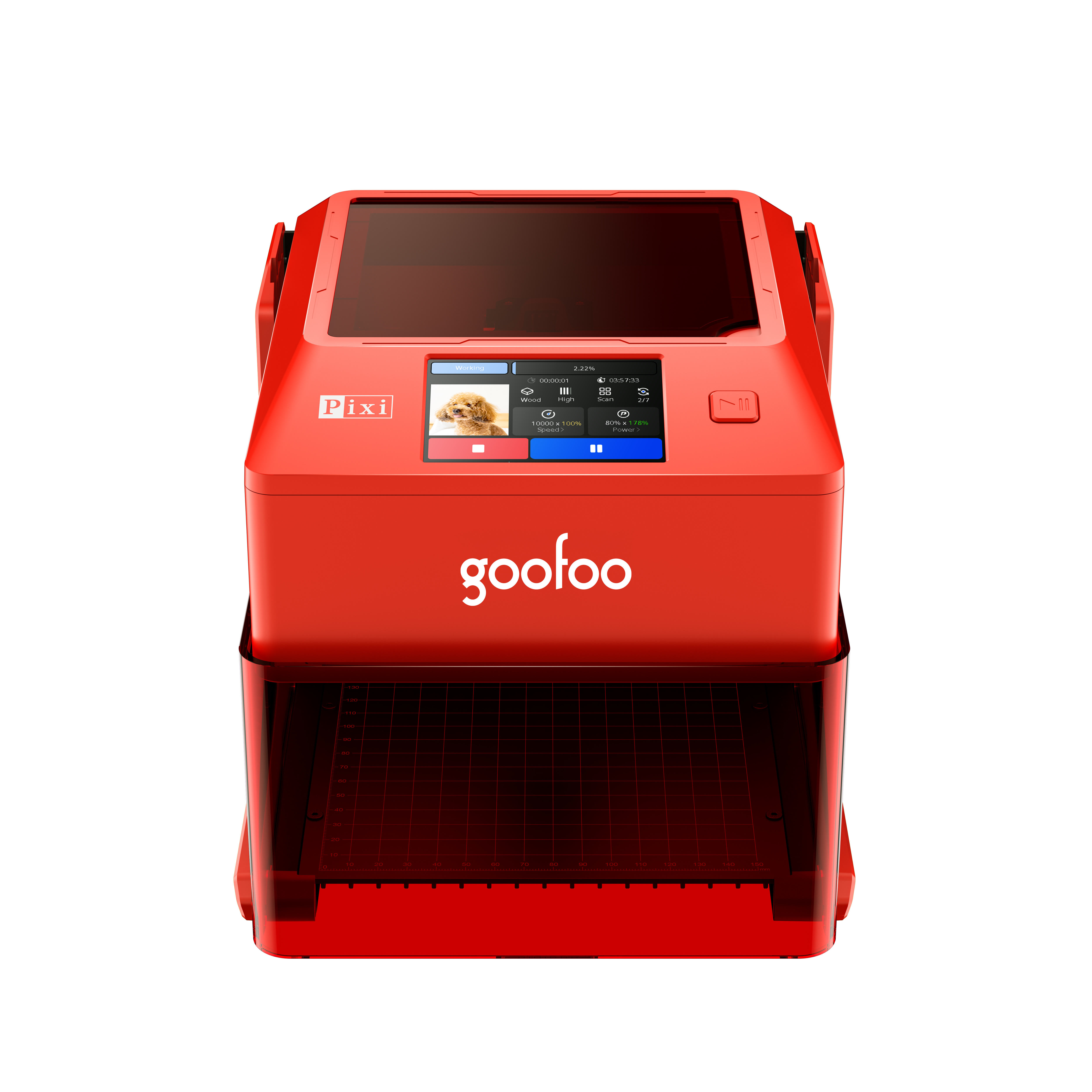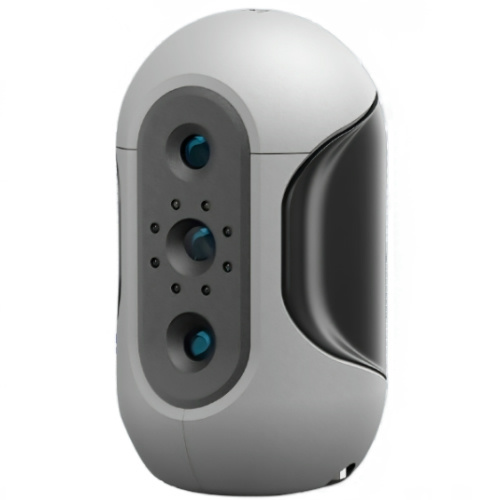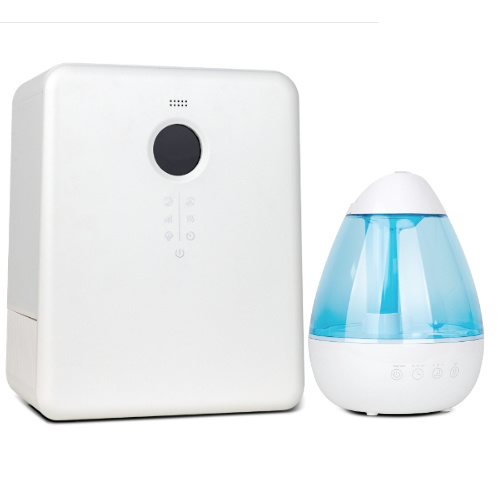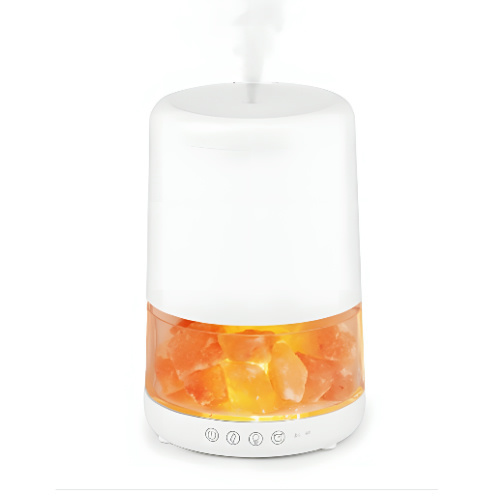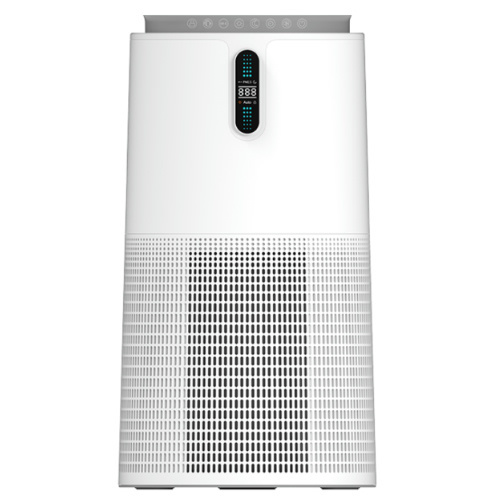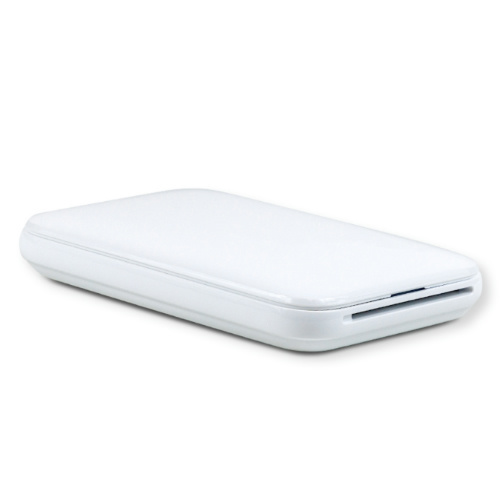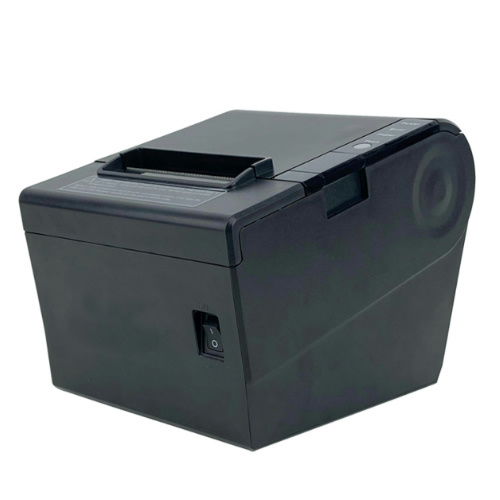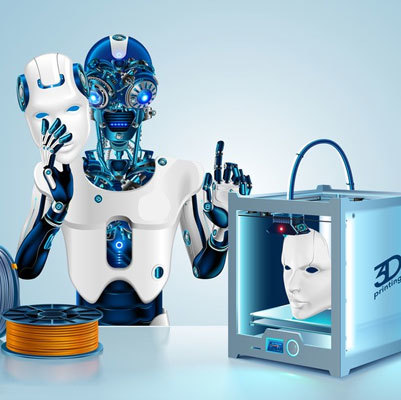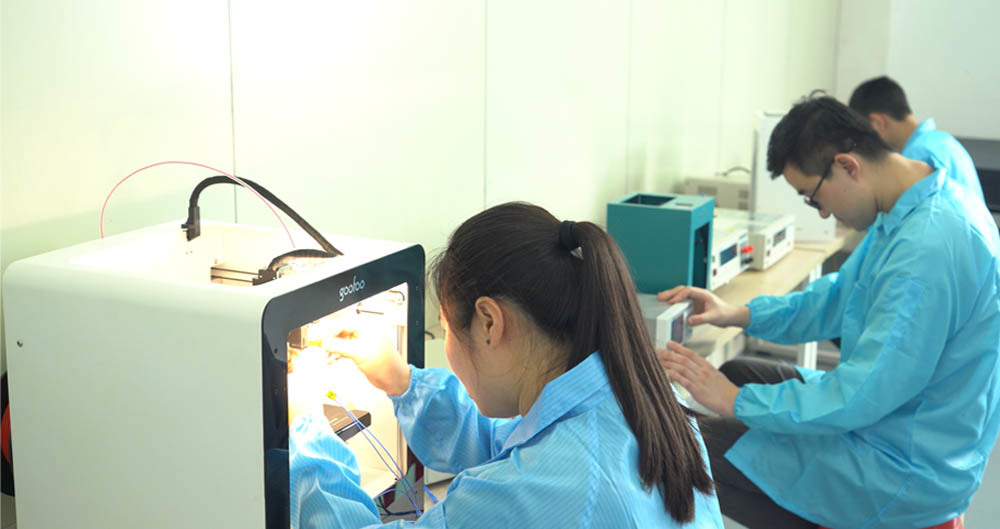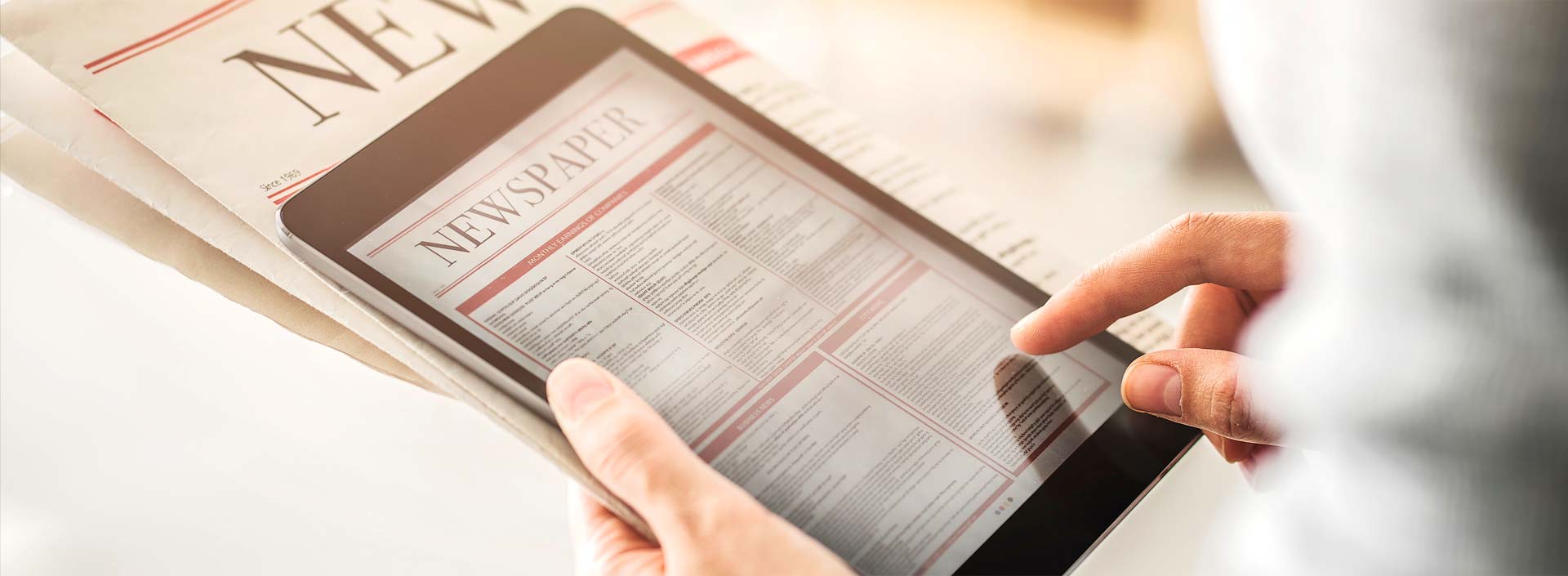Revolutionize Your Prototyping Process with Custom 3D Printer Files
2025-08-24 21:20
Revolutionize Your Prototyping Process with Custom 3D Printer Files
In today’s fast-paced technological landscape, the demand for innovative and efficient prototyping methods has reached an all-time high. Custom 3D printer files are changing the game by offering businesses unparalleled flexibility and precision. This article explores the benefits, processes, and future implications of adopting custom 3D printer files in your prototyping endeavors.
Understanding Custom 3D Printer Files
Custom 3D printer files are specifically designed digital models used to instruct 3D printers on how to create physical objects. These files can be tailored to meet unique specifications, allowing for a diverse range of prototypes that accurately reflect desired designs.
The Importance of Customization in Prototyping
Customization in prototyping is key to achieving specific project goals. It allows for:
- Improved Accuracy: Tailored files lead to precise replication of designs, essential for functional prototypes.
- Enhanced Functionality: Custom designs can integrate features that address specific requirements or problems.
- Increased Efficiency: Streamlined processes reduce material waste and time, leading to faster development cycles.
Benefits of Using Custom 3D Printer Files
1. Cost-Effectiveness
Investing in custom 3D printer files can significantly reduce overall production costs. By minimizing material waste and eliminating the need for expensive molds, organizations can allocate resources more efficiently. This cost-effectiveness is particularly beneficial for small to medium-sized enterprises (SMEs).
2. Accelerated Development Time
With custom 3D printer files, the prototyping process is considerably faster. Designers can quickly iterate on their ideas, test them, and refine them without the long lead times associated with traditional methods. This rapid prototyping allows for more agile development cycles and quicker time-to-market.
3. Design Flexibility
One of the standout benefits of custom 3D printer files is their flexibility. Designers can easily modify existing models or create entirely new designs tailored to specific needs. Whether it's adjusting dimensions, adding features, or changing materials, custom files facilitate creativity and innovation.
4. Access to Advanced Materials
Custom 3D printing allows for the use of varied materials, including plastics, metals, and composites. This versatility enables organizations to choose materials that best suit their functional and aesthetic requirements, further enhancing the prototype's effectiveness.
Creating Efficient Custom 3D Printer Files
1. Choosing the Right Software
The creation of custom 3D printer files begins with selecting the right design software. There are numerous options available, ranging from user-friendly platforms like Tinkercad to advanced software such as SolidWorks or Rhino. The choice depends largely on the complexity of the design and the user's proficiency.
2. Designing for 3D Printing
Designing with 3D printing in mind is crucial for successful prototyping. Key considerations include:
- Wall Thickness: Ensure that walls are thick enough to support the structure during the printing process.
- Overhangs and Supports: Be mindful of overhangs that may require support structures, which can influence design choices.
- Scale and Resolution: Determine the appropriate scale and resolution for your prototype based on its intended use.
3. Exporting Your Design
After finalizing the design, the next step is exporting it into a compatible file format for the 3D printer. Common formats include STL (Stereolithography) and OBJ. These formats retain the geometry of the design, ensuring accurate printing.
Optimizing Your Prototyping Workflow
1. Integrating 3D Printing into Your Production Line
Integrating custom 3D printing into your production workflow can enhance efficiency. This involves evaluating where 3D printing fits into your existing processes, whether for rapid prototyping, tooling development, or even low-volume production runs.
2. Continuous Feedback and Iteration
Implementing a feedback loop is essential for refining designs. Sharing prototypes with stakeholders for input can lead to valuable insights, allowing for continuous improvement of the design before full-scale production.
3. Training Your Team
Ensuring your team is well-trained in 3D design and printing processes is vital. Training programs can help enhance skills, improve efficiency, and ensure that the team can effectively utilize custom 3D printer files to their full potential.
Applications of Custom 3D Printer Files
1. Automotive Industry
The automotive sector benefits immensely from custom 3D printing, allowing for the rapid creation of prototype parts, tools, and even final products. This technology enhances design iterations and reduces lead times significantly.
2. Healthcare Innovations
In healthcare, custom 3D printer files are used to create anatomical models, prosthetics, and surgical tools tailored to individual patients. This customization leads to improved patient outcomes and satisfaction.
3. Consumer Products
Custom 3D printing enables businesses in the consumer product sector to develop unique and personalized items. From custom phone cases to bespoke furniture designs, the possibilities are endless.
Future Trends in Custom 3D Printing
1. Advances in Material Science
As material science continues to evolve, new 3D printing materials will emerge, offering even greater capabilities and applications. From biodegradable plastics to advanced composites, the future looks promising.
2. Automation and AI Integration
The integration of AI in the design process could lead to more efficient prototyping. Automated design tools could analyze and optimize designs in real-time, providing recommendations for improvements.
3. Sustainability in 3D Printing
As sustainability becomes a priority for many organizations, the 3D printing industry is likely to focus on eco-friendly materials and processes. This shift will further enhance the appeal of custom 3D printer files as a sustainable alternative to traditional manufacturing methods.
Frequently Asked Questions (FAQs)
1. What types of files can be used for 3D printing?
The most common file types for 3D printing include STL, OBJ, and AMF. These formats retain the necessary geometric data for accurate printing.
2. How long does it take to create a custom 3D printer file?
The time required to create a custom 3D printer file varies based on the complexity of the design, ranging from a few hours to several days.
3. Can I use custom 3D printer files for mass production?
While custom 3D printer files are ideal for prototyping and low-volume production, advancements in 3D printing technology are making them more viable for certain mass production applications.
4. What software is best for designing custom 3D printer files?
Popular software options include Tinkercad for beginners and SolidWorks or Rhino for more advanced users. The right choice depends on the complexity of your project.
5. How can I improve the quality of my 3D prints?
Improving print quality can involve optimizing design parameters, using high-quality materials, maintaining printer calibration, and selecting appropriate print settings.
Conclusion
Custom 3D printer files are revolutionizing the prototyping landscape by providing unprecedented flexibility, efficiency, and cost-effectiveness. As technology continues to evolve, embracing these innovations will be crucial for businesses looking to stay competitive in their respective industries. By harnessing the power of custom 3D printing, companies can not only enhance their prototyping processes but also pave the way for groundbreaking products and solutions in the future.
3d printer files
Recommended News
 Esperanto
Esperanto
 Shqiptare
Shqiptare
 Euskara
Euskara
 Zulu
Zulu
 Latinus
Latinus
 Cymraeg
Cymraeg
 தமிழ்
தமிழ்
 Slovak
Slovak
 Slovak
Slovak
 Afrikaans
Afrikaans
Skype / WhatsApp: +86 592-5713513 / +86-13860126490
No.88-3, North Tongji Road, Xike County, Tong'an District, Xiamen, Fujian China
Xiamen Goofoo Technology Co., Ltd. All Rights Reserved 闽ICP备2022008070号-1 SEO 300.cn
Phone:+0086 592-5713513
Address: No.88-3, North Tongji Road, Xike County, Tong’an District, Xiamen, Fujian China
Email: sales@goofoo3d.com
We will give you feedback in time

